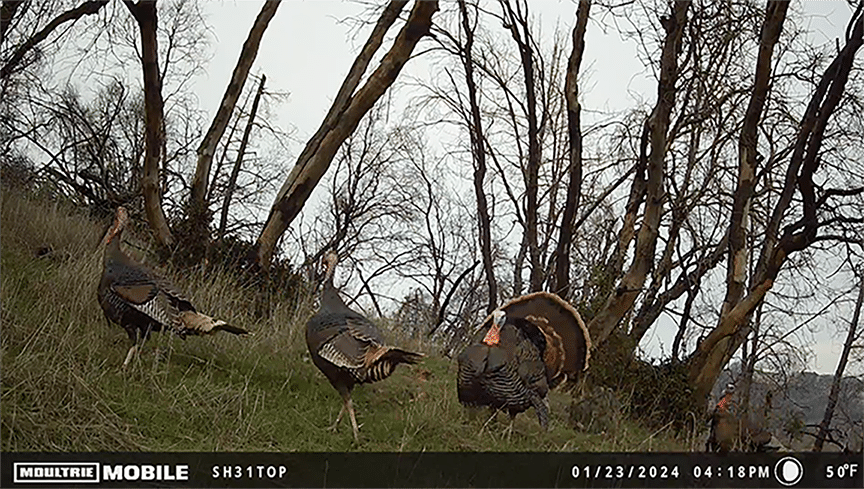Getting The Most from Your Turkey Trail Camera Sets
By: Scott Haugen
Are you eager to take your turkey hunting knowledge to the next level? Run trail cameras on video mode and position them close to the ground.
Twenty years ago, I set trail cameras high off the ground with the hopes of simply capturing still photos of turkeys. Near or far, it didn’t matter. I just wanted to locate turkeys to figure out where to hunt.
After getting still images of strutting toms, I thought it’d be cool to get the action on video. It was! Then I started noticing faint sounds of not only strutting toms but also other toms and hens. To hear the sounds more clearly, I moved my trail cameras closer to the ground and put them directly in the turkey’s path of travel.
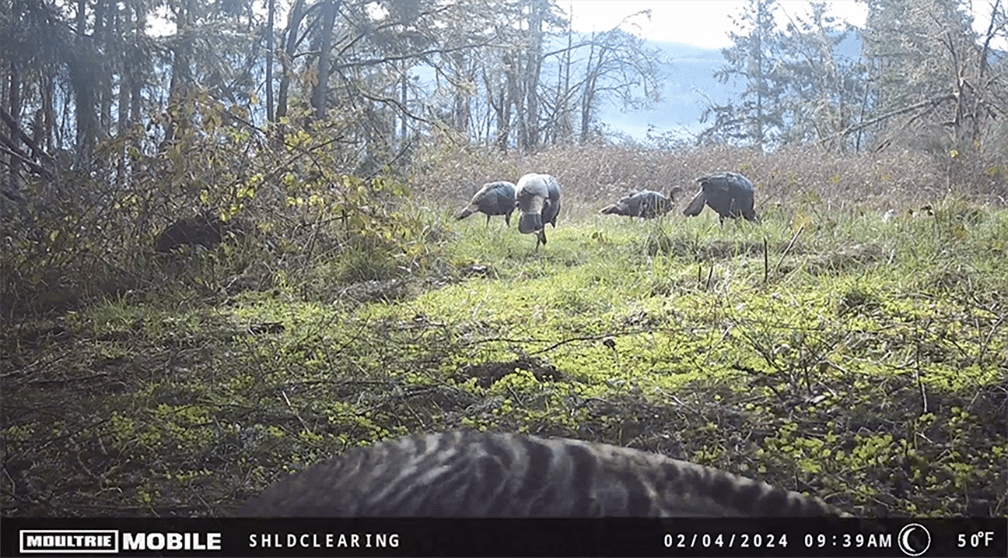
Turkey Videos on Trail Cameras
Today, most of my turkey trail cameras are positioned less than a foot off the ground. Some are even buried in the ground on the edge of trails. This camera positioning provides up-close video footage of turkeys and captures sounds you can’t detect when a camera is six feet off the ground.
The video clips capture subtle sounds when turkeys are inches from a trail camera. Gobbles, loud yelps, and clucks are easy to detect. The spitting, drumming, wing dragging of strutting toms, purrs, and quiet bubbly sounds resonating from deep within a turkey are revealed. The frequency of turkey vocalizations is much more prevalent than I ever thought, and it occurs year-round. I’ve found turkey flock vocalization to be more diverse and intense in the fall and winter months than during the peak of the spring breeding season.
Pairing the sounds of turkeys captured on trail camera video clips with their body language and seasonal movements tells a complete story. As hunters, observing animal behavior, specifically the sounds they are making and what they are doing when making the sounds, takes our understanding of them to a different level.
I scout for turkeys year-round because I hunt them in the spring, fall, and winter months. I can only be in one place at any given time. But strategically placing a couple of dozen trail cameras means I can be in many places simultaneously, figuratively speaking.
How to Set a Trail Camera for Turkeys
It’s the physical scouting that reveals where I’ll set trail cameras. I spend a lot of time observing turkeys once I locate them. I’ll watch them through a spotting scope to see what they’re eating, learn which trails they use, and try to figure out where they go and for what reasons. Looking for tracks, droppings, and feathers also helps me decide where to set trail cameras.
Trail cameras reveal a lot about turkey flock dynamics throughout the year. In the summer, you’ll see bachelor flocks becoming established. You’ll also observe multiple flocks of hens and poults coming together. Once seeds dry up and grasshoppers and other insects become prevalent, you’ll note a quick change in diet and turkey movement. Late summer and early fall can see turkeys covering even more ground in search of high-protein foods and fruits.
Once the first rain hits, turkeys often move to short grass habitats where they feed on earthworms for weeks. Caterpillars, spiders, and mast crops are also sought in the fall and winter. This is when turkeys often move long distances and remain in areas with food through winter.
January marks the start of the turkey pre-rut. This is where bachelor flocks begin strutting, posturing, and gobbling to establish dominance within the group. Having multiple trail cameras where toms reside this time of year will reveal a lot about what’s going on in their world.
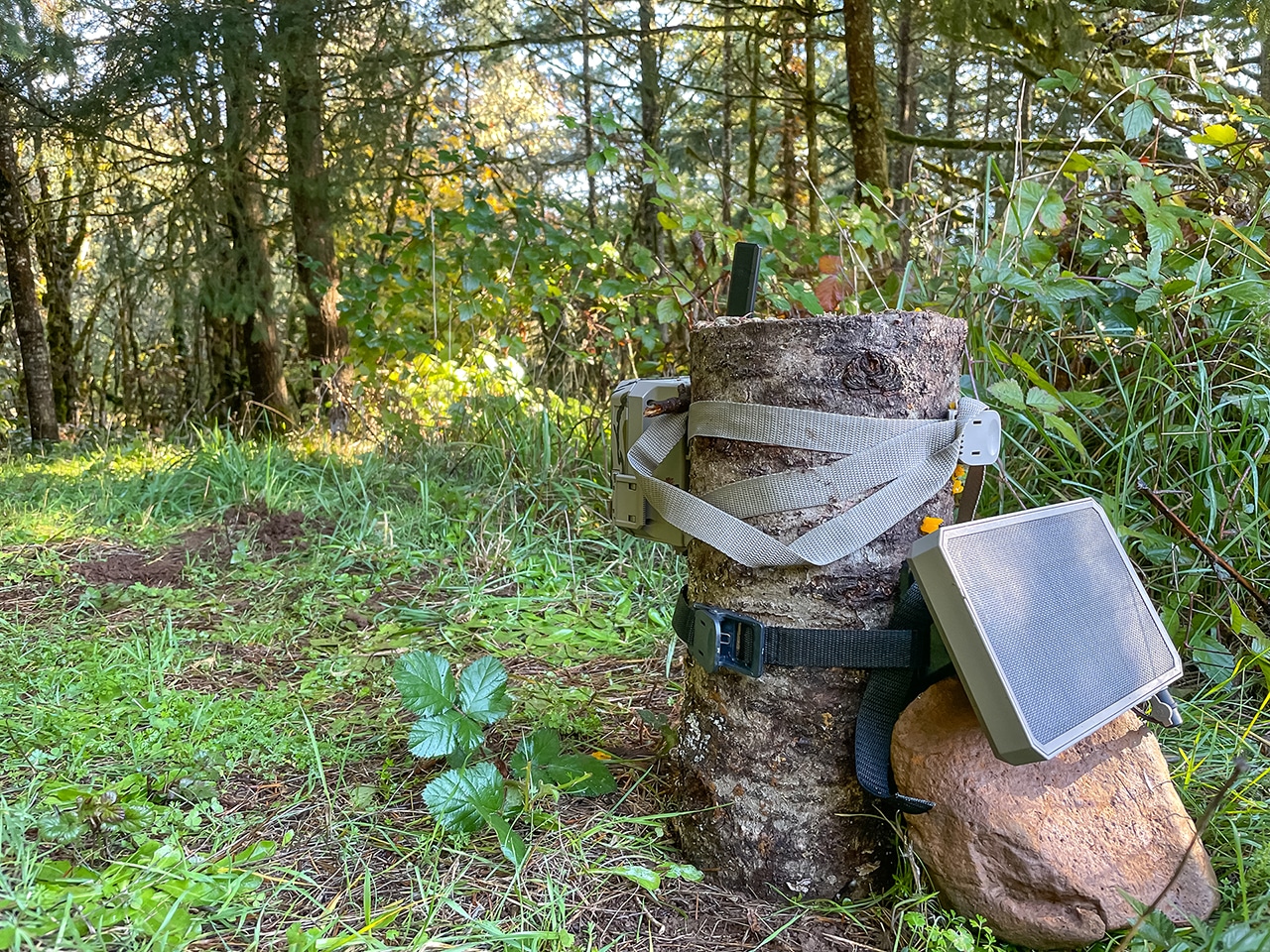
Hen winter flocks are big in January and February. Now is when you want to monitor them closely with trail cameras because once they begin to split up, you can try to follow them. Some hens will stay put; others will move miles away. toms from nearby often flocks follow hens and their young as they disperse. Other times, you’ll capture new toms showing up.
Observing and listening to turkeys as the peak of the breeding season approaches provides a starting point of where and even how to hunt them. Keep watching turkeys all season long, and what you learn will be amazing.
If spring storms or high predator populations keep turkeys in heavy cover, that’s where you’ll want to hunt them. If grasses come to a head early in the spring, hunting open field habitats may be your best approach. If hens lose their poults and are forced to re-nest, you know exactly when and where to hunt for toms.
If you truly want to advance your knowledge and understanding of wild turkeys, set cellular trail cameras on video mode and situate them low to the ground. By capturing timely, up-close video clips of turkeys year-round, your understanding of their behaviors will significantly expand. As a result, your approach to turkey hunting will become more efficient, and success rates will rise.
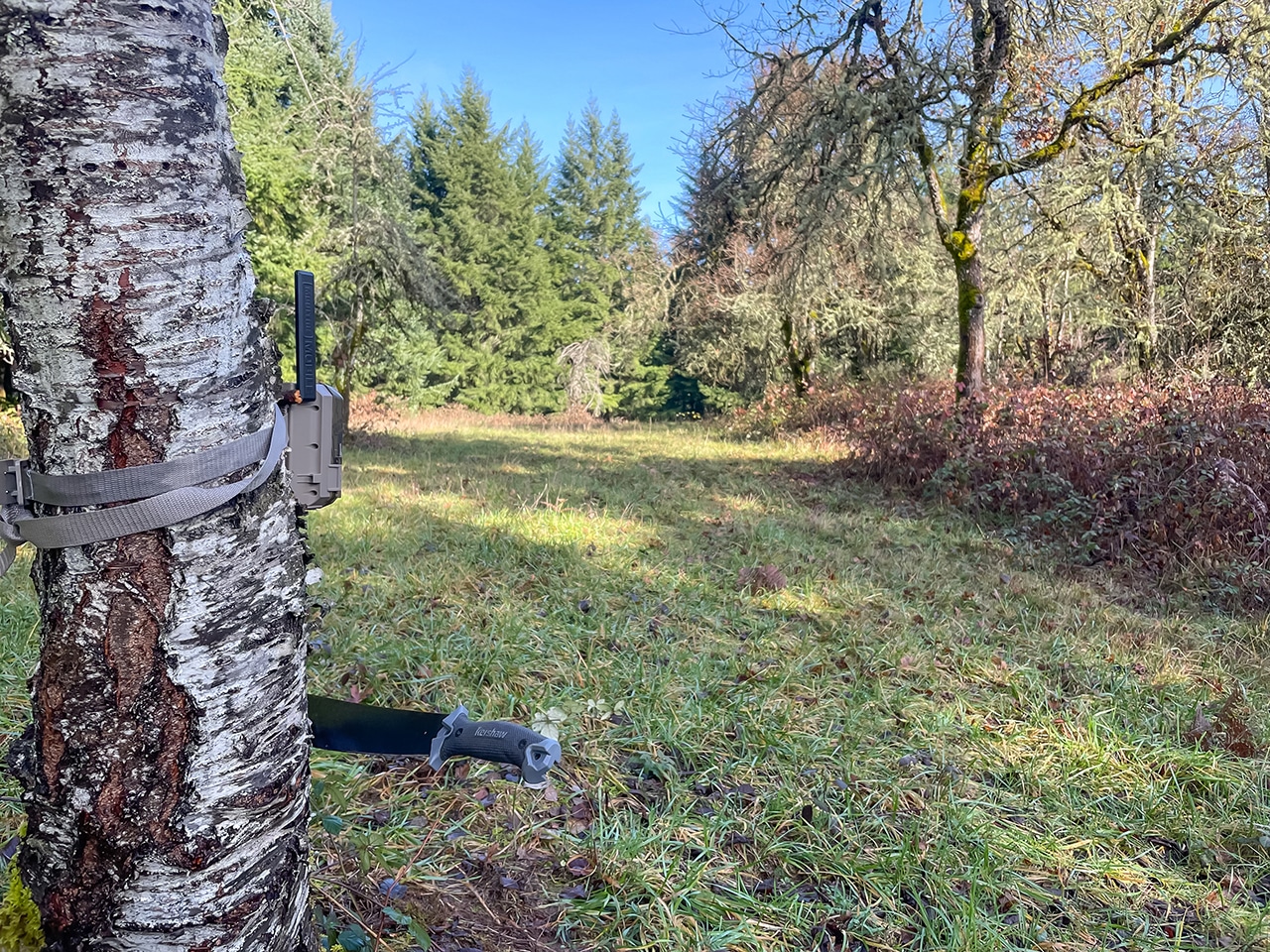
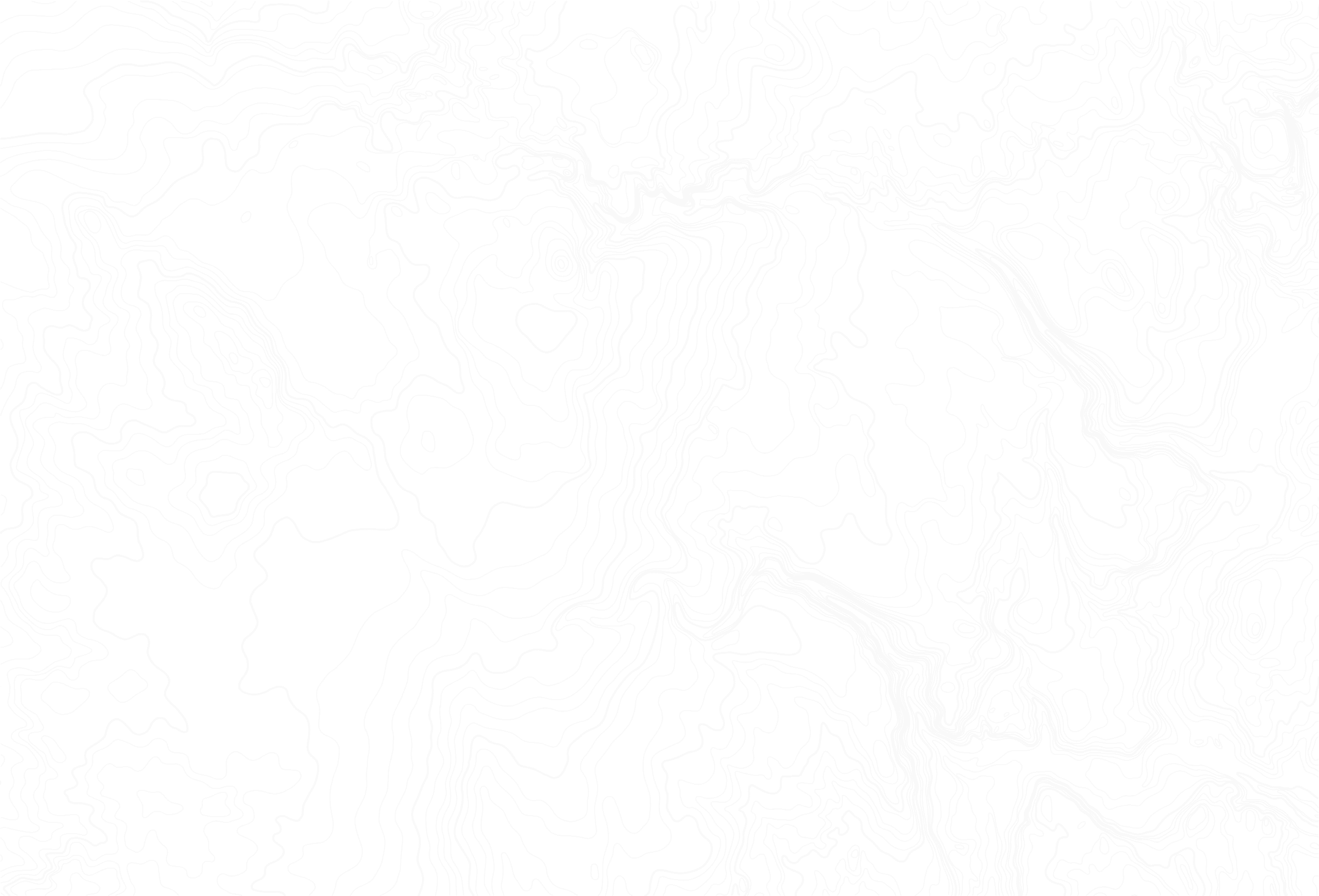

Featured
This venison lasagna features an easy meat sauce, layered with noodles and cheeses. The sweet Italian sausage complements the lean venison. It’s perfect for feeding a crowd at a potluck or family dinner.
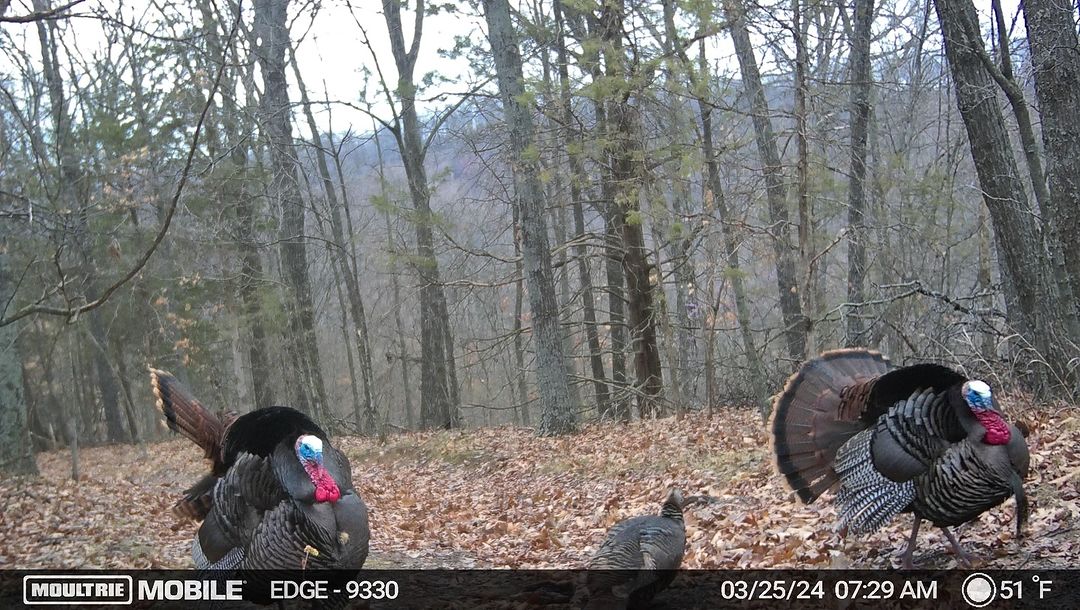
Featured
Wild turkeys are among America’s most hunted and popular game birds, tucking in with pheasants and waterfowl as the Birding Big 3. Turkeys and turkey hunters have some quirks that make hunting them more fun.
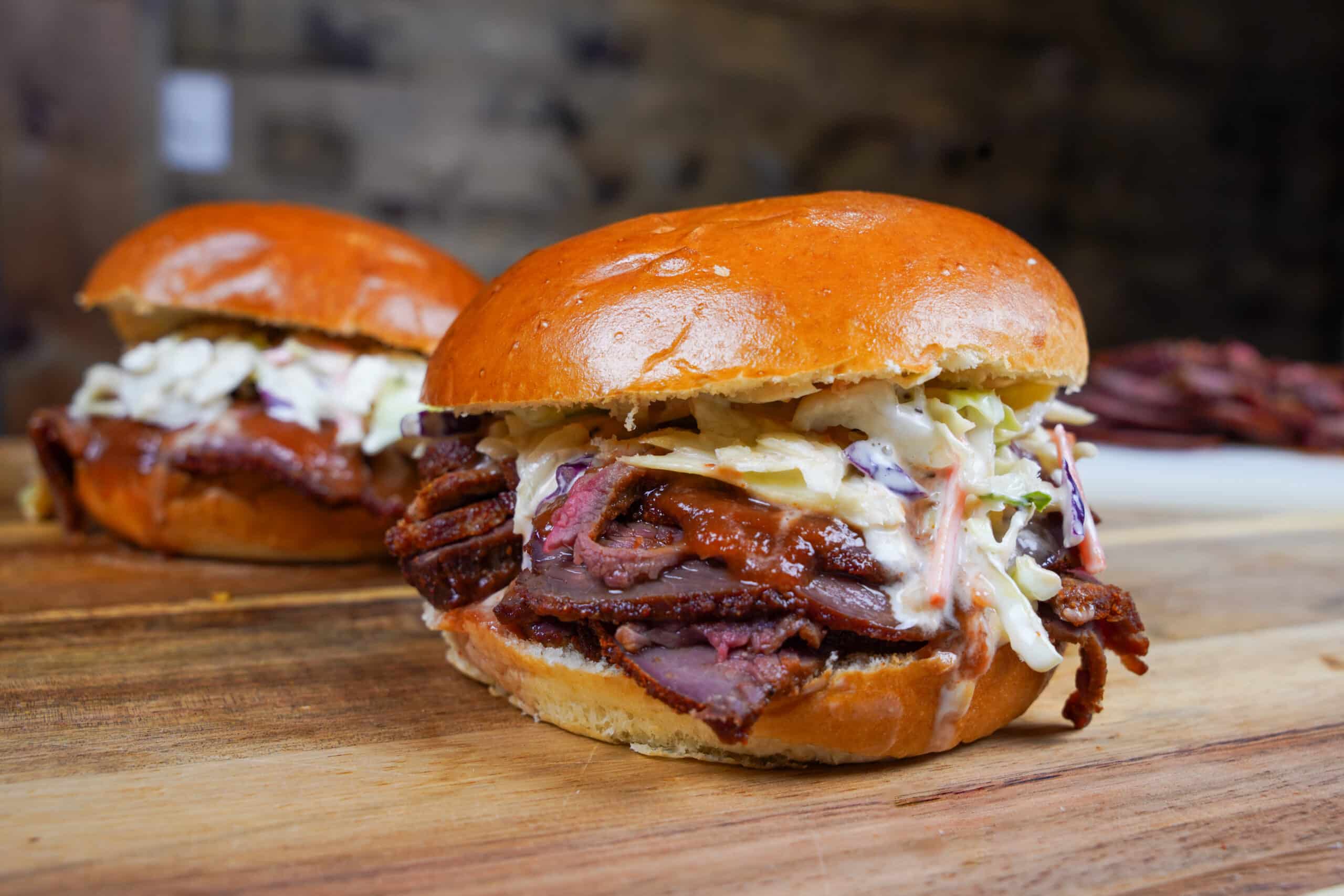
Featured
This recipe is great for hosting a weekend lunch crowd. The process starts the night before with a simple brine with added aromatics. The brine helps retain moisture in the meat during cooking, making the meat juicier and more tender.



